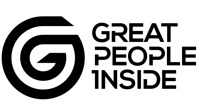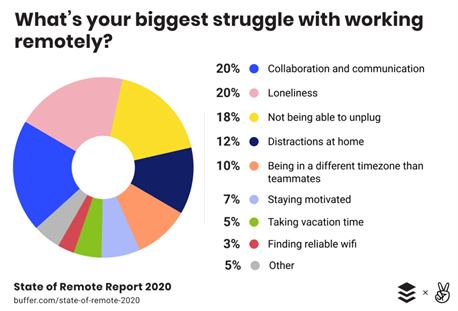Motivation – how to measure this attribute in a reliable way
Motivation is the key to performance and success. The past two years have caused many workers around the globe to re-evaluate what’s really important to them.
Maintaining productivity while working flexibly from home has prompted a massive shift in employees’ thinking. The Great Resignation is evidence of this reset.
Organisations have quickly adapted to the increased complexity of almost half of all workers now working remotely in some capacity. Employees have reported challenges with not being able to “unplug”, communicate, and generally stay motivated.
While organisations have implemented guidelines to manage boundaries and new apps to address communication, motivating employees from a distance is a different kettle of fish!
Motivation, engagement, or drive?
Ask anyone who set and achieved a personal goal what helped them achieve it, and they will usually say something such as I just “wanted” it. This situation describes motivation.
It doesn’t matter what you call it – engagement, drive, motivation, dedication or enthusiasm. The challenge for businesses has always been maintaining motivation in their team.
Studies tell us that motivated and engaged employees are more productive, innovative and creative than disengaged team members.
One Emerald Group study concluded that “motivation is the main force through which individuals allocate effort to generate and implement innovative ideas”.
Two main types of Motivation
Intrinsic and extrinsic (think internal and external) are the two main types of motivation. Rochester University describes them as follows:
Intrinsic motivation involves performing a task because it’s personally rewarding to you.
Extrinsic motivation involves completing a task or exhibiting a behaviour because of external causes such as avoiding punishment or receiving a reward.
Examples of extrinsic motivation are increased salary, a bonus, a company car, or a promotion. These rewards are external and separate from the job itself.
On the other hand, intrinsic motivation refers to factors that come from within a person. Intrinsic motivation is about behaviours driven by sheer enjoyment and wanting to do well at your job.
Of course, sometimes intrinsic and extrinsic motivation go hand in hand to help you complete a project or task.
Intrinsic and Extrinsic Motivation at work
Giving positive feedback at work is highly motivational. We all like to know we are doing well. And that our contribution is appreciated by others. However, it’s vital that your positive feedback should be specific. And in addition, it helps your team members understand your standards and expectations.
You may also wish to use extrinsic motivation as a manager or leader. In this case, it’s important to offer rewards strategically. For example, giving a reward to your sales team to increase the ranging of a product with their clients may focus your team’s efforts solely on ranging. Perhaps with a result to the detriment of sales.
Business benefits
The 2021 Employee Experience Survey, conducted by Willis Towers Watson, discovered that 92% of employers worldwide said the employee experience would be a priority over the next three years.
Gallup researchers studied the differences in performance between engaged and actively disengaged work units. They found that those scoring in the top half on employee engagement nearly doubled their odds of success compared with those in the bottom half.
In fact, across a range of areas, work units in the top quartile in employee engagement outperformed bottom-quartile work units by:
- 10% on customer ratings,
- 22% in profitability,
- 21% in productivity.
How do you quantify Motivation?
These numbers speak for themselves- and most CEOs and CPOs would be delighted to achieve these levels in their business. But given the complexity that HR teams and leaders are navigating, how can they quantify and qualify a diverse group of employees to understand their motivational drivers truly?
Quantifying and qualifying motivational drivers is where we come in. Great People Inside has released six new dimensions in its psychometric assessments, two of which are:
- Internal Motivation
- External motivation
You can easily make sense of the data, and benchmarking key motivational drivers for your business can also be performed.
This scientific information helps organisations pinpoint the relevant motivational approaches in their psychometric testing across the board – for Individuals, business units, and teams in any department anywhere in the world.
Like some more information?
We’d be happy to help your organisation better understand its employees through internal and external motivation evaluations. Reach out by email or phone on +61 2 8850 6520 to find out more.

